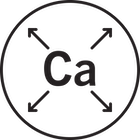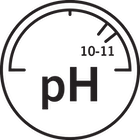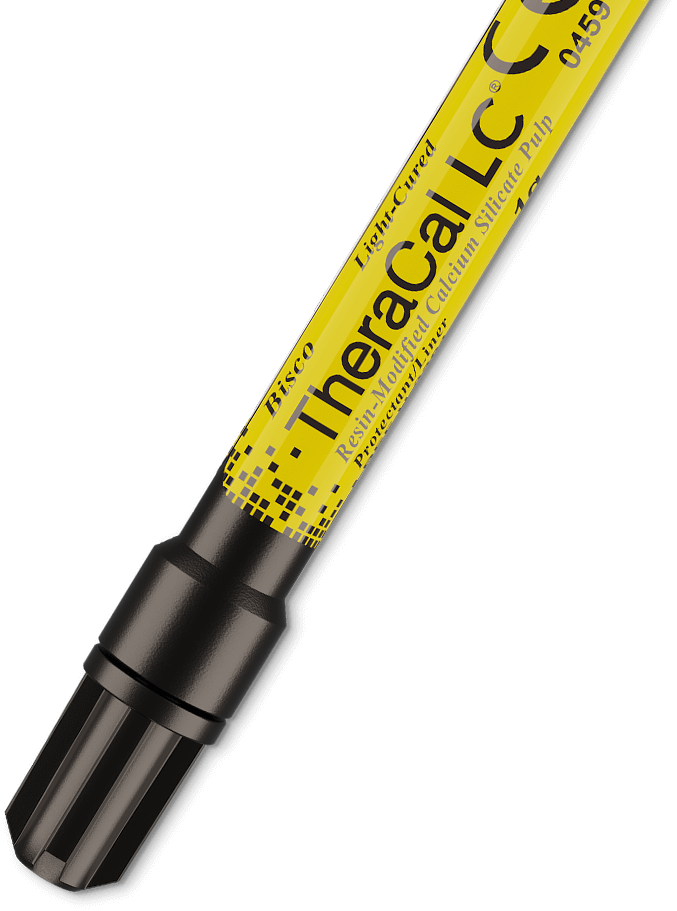
TheraCal LC®
Light-Cured Resin-Modified Calcium Silicate Pulp Protectant/Liner
TheraCal LC is a calcium-releasing**, flowable, pulpal protectant material designed for use in direct and indirect pulp capping and as a protective liner under composites, amalgams, cements, and other base materials.
Resin-Modified Calcium Silicate Pulp Protectant and Liner
TheraCal LC is the first of a new class of light-cured flowable pulpal protectant materials known as Resin-Modified Calcium Silicate (RMCS) designed for use as a protective liner and for direct and indirect pulp capping. TheraCal LC’s calcium release stimulates1* hydroxyapatite and secondary dentin bridge formation.2,3
TheraCal LC helps protect the pulp as a thermal insulator5,6 and acts as a protective seal.5,7,8 It can be used as an alternative to calcium hydroxide, glass ionomer, RMGI, IRM/ZOE and other restorative materials.
Clinicians can directly dispense TheraCal LC in 1 mm increments into deep preps onto moist dentin. After TheraCal LC has been light-cured, the material has the immediate ability to be used with all bonding techniques: self-etch, selective-etch and total-etch, all providing optimal bonding and finishing of the restoration.* Available in a 1g syringe, TheraCal LC is thixotropic and will stay where you place it.
The Thera brand is one of BISCO’s most recognizable brands. Sold worldwide, clinicians find the benefits of calcium release and the simplicity of the syringe to be an indispensable part of the dental practice. Are you Thera yet?
*Read full instructions before use.
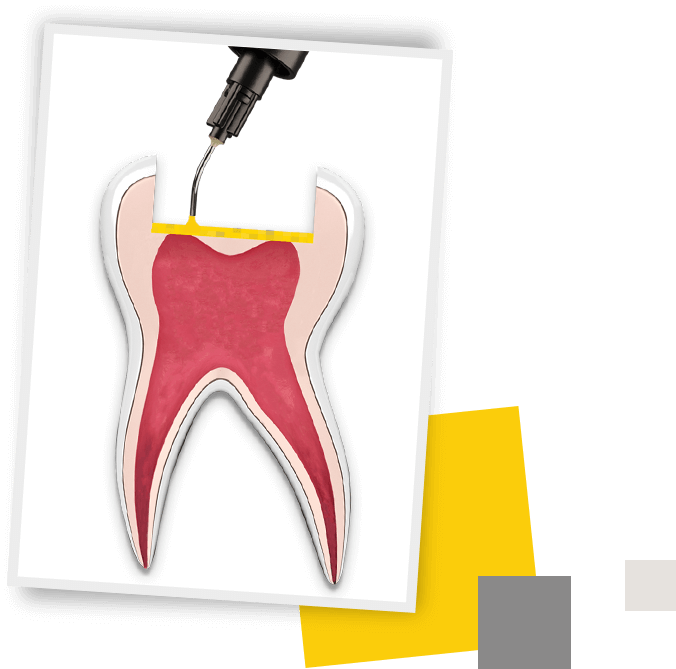
Calcium Release**
Calcium release stimulates** hydroxyapatite and secondary dentin bridge formation.2,3
Protective Seal**
Significant calcium release1** leads to protective seal.5,7,8
Alkaline pH
The alkaline pH promotes healing and apatite formation.2,4
Insulation
Protects and insulates the pulp5,6, providing virtually no post-operative sensitivity.
Moisture Tolerant1
Unlike calcium hydroxide, TheraCal LC
has low solubility and will not wash out over time.
Radiopaque
TheraCal LC is radiopaque allowing for easy detection on radiographs.
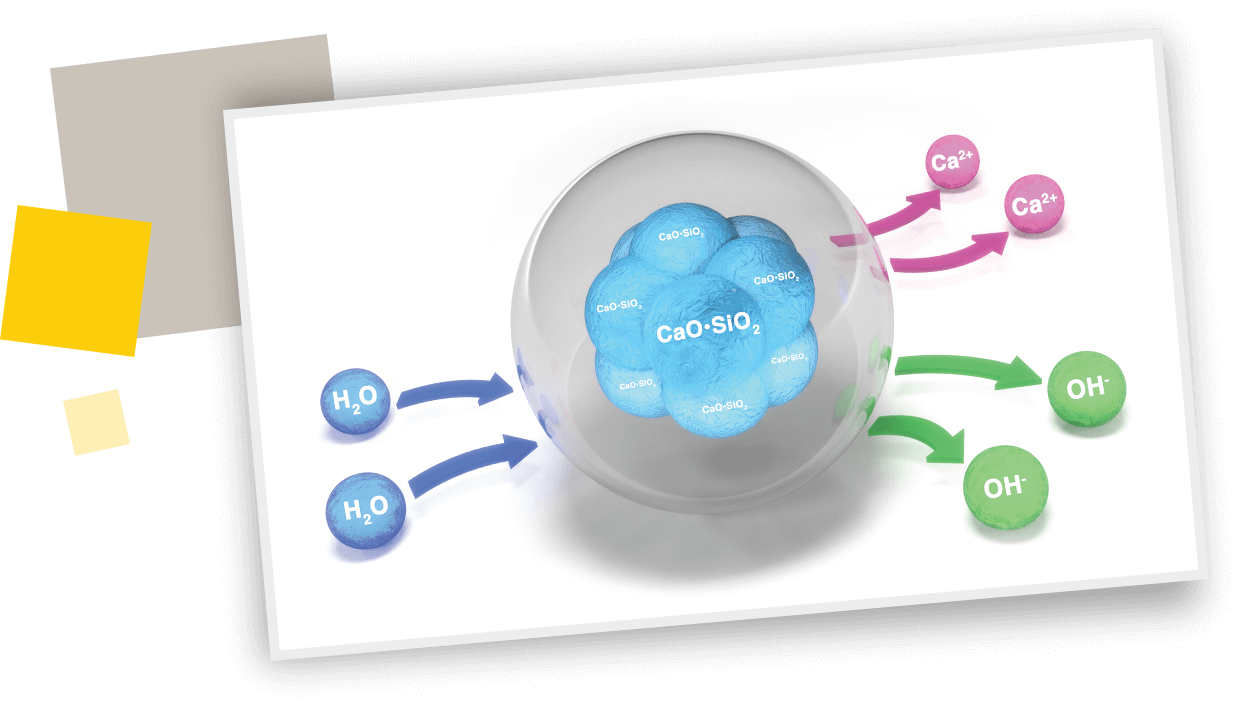
Unique Hydrophilic Matrix
BISCO has developed a unique hydrophilic matrix that allows for ion exchange. Previous or traditional resin matrices have been hydrophobic, but BISCO’s matrix allows for ion exchange as water goes into the matrix, reacts, and calcium hydroxide ions are released. This matrix is hydrophilic but will not dissolve over time.
At the calcium-rich interface between TheraCal LC and the dentin, an alkaline pH environment is created. Alkaline pH promotes healing and apatite formation.2,4
Thera is “MTA-Like”
TheraCal LC is a resin-modified calcium silicate liner and pulp capping material. It is often referred to as “MTA-like.” But why?
MTA was created in the 1990s from Loma Linda University. MTA stands for Mineral Trioxide Aggregate and was introduced to be used for endodontic procedures. MTA seals and encourages tissue regeneration but comes in a powder and liquid, must be mixed, takes a long time to set, and can be costly.
MTA is mainly a mixture of Portland cement, bismuth oxide, tricalcium silicate, tricalcium aluminate, and trace amounts of other components. TheraCal LC’s formulation is also a mixture of portland cement, and most importantly, calcium silicate. TheraCal LC’s calcium release stimulates1* hydroxyapatite and secondary dentin bridge formation.2,3 These similarities in formulation link TheraCal LC to be an “MTA-like” material.
Award Winning TherCal LC®




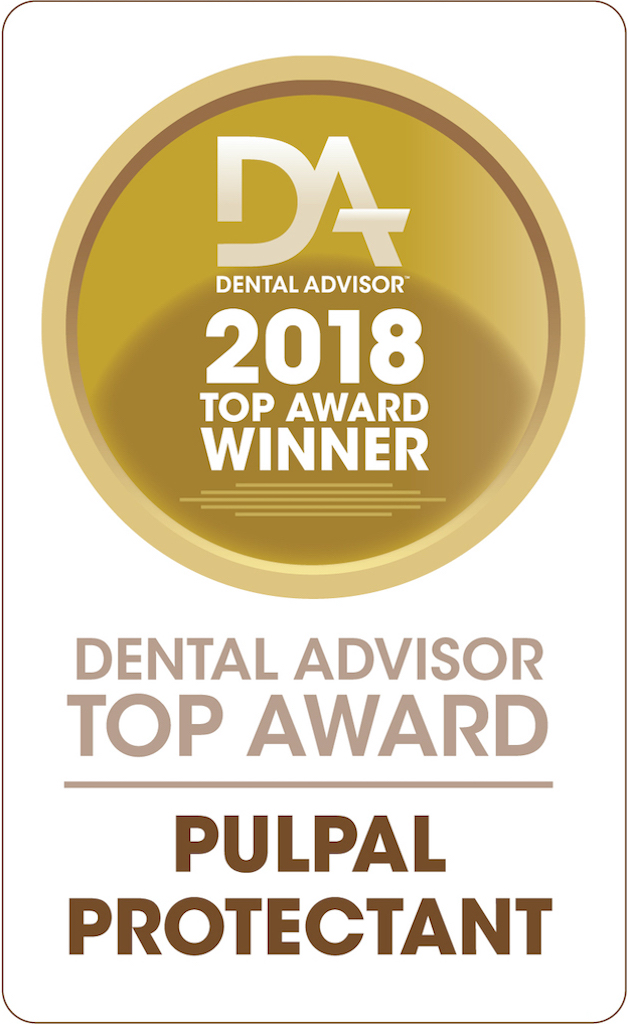






News and Insights
January 18, 2021
Click here to view original article Easy auto mix, excellent handling, effortless cleanup, and a reliable strong bone restoration with calcium silicate liner offers a conservative alternative to traditional RCTd ... Read more
May 14, 2020
Click here to view original article. A 28-year-old woman presented with an old, failing amalgam restoration on the occlusal surface and a missing filling on the buccal surface of tooth No. ... Read more
FAQs
TheraCal LC is a resin-modified calcium tri-silicate that has enhanced physical properties when compared to MTA material. Essentially, the primary chemical used in both materials are similar (Portland cement) but TheraCal LC contains a patent pending hydrophilic resin, which allows for immediate light curing and facilitates calcium release. Similar to MTA material, TheraCal LC promotes healing due to the alkaline pH2,4, and the calcium release assists in the formation of dentin bridge.2,3
Calcium hydroxide is the primary chemical contained in many dentin liners and pulp capping agents. One of the known limitations of calcium hydroxide-based materials is their relatively high solubility, which leads to dissolution of the material over time.
Bonding is not required or recommended before placement of TheraCal LC on dentin. TheraCal LC should be used directly to allow for calcium release. However, in a non-retentive preparation (such as a Class V non-carious cervical lesion), a bonding agent may be used prior to placement of TheraCal LC for an enhanced bond.
TheraCal LC promotes hydroxyl-apatite formation through calcium release (1**, 2, 3). Resin-modified glass ionomers are unable to promote hydroxyl-apatite formation and have been shown to be cytotoxic to the pulpal complex. Due to the inclusion of polyacrylic acid, RMGI’s may actually inhibit apatite formation.
TheraCal LC can be used as a liner under all restorative materials. It can also be used as a direct or indirect pulp-capping agent.
No, TheraCal LC is virtually insoluble when compared to other traditional calcium hydroxide-based liners and pulp-capping agents.
Make sure you are 1. Placing on moist dentin, 2. Only placing 1mm per cure, 3. Curing for full 20 seconds.
REFERENCES
** BISCO has, on file, the calcium release data for TheraCal LC.
1. Gandolfi MG, Siboni F, Prati C. Chemical-physical properties of TheraCal, a novel light-curable MTA-like material for pulp capping. International Endodontic Journal. 2012 Jun;45(6):571-9.
2. ADA definitions for direct and indirect pulp capping at: www.ada.org/en/publications/cdt/glossary-of-dental-clinical-and-administrative-ter
3. Apatite-forming Ability of TheraCal Pulp-Capping Material, M.G. GANDOLFI, F. SIBONI, P. TADDEI, E. MODENA, and C. PRATI J Dent Res 90 (Spec Iss A): abstract number 2520, 2011 (www.dentalresearch.org)
4. Okabe T, Sakamoto M, Takeuchi H, Matsushima K (2006) Effects of pH on mineralization ability of human dental pulp cells. Journal of Endodontics 32, 198-201.
5. Sangwan P; Sangwan A; Duhan J; Rohilla A. Tertiary dentinogenesis with calcium hydroxide: a review of proposed mechanisms. Int Endod J. 2013; 46(1):3-19
6. Selcuk SAVAS, Murat S. BOTSALI, Ebru KUCUKYILMAZ, Tugrul SARI. Evaluation of temperature changes in the pulp chamber during polymerization of light-cured pulp-capping materials by using a VALO LED light curing unit at different curing distances. Dent Mater J. 2014;33(6):764-9.
7. Cantekin K. Bond strength of different restorative materials to light-curable mineral trioxide aggregate. J Clin Pediatr Dent. 2015 Winter;39(2):143-8.
8. Mechanical Properties of New Dental Pulp-Capping Materials Over Time. M. NIELSEN, R. VANDERWEELE, J. CASEY, and K. VANDEWALLE, USAF, JBSA-Lackland, TX, J Dent Res 93(Spec Iss A): 495, 2014 (www.dentalresearch.org)
Request Thera Samples.
©2020 BISCO. All rights reserved.
